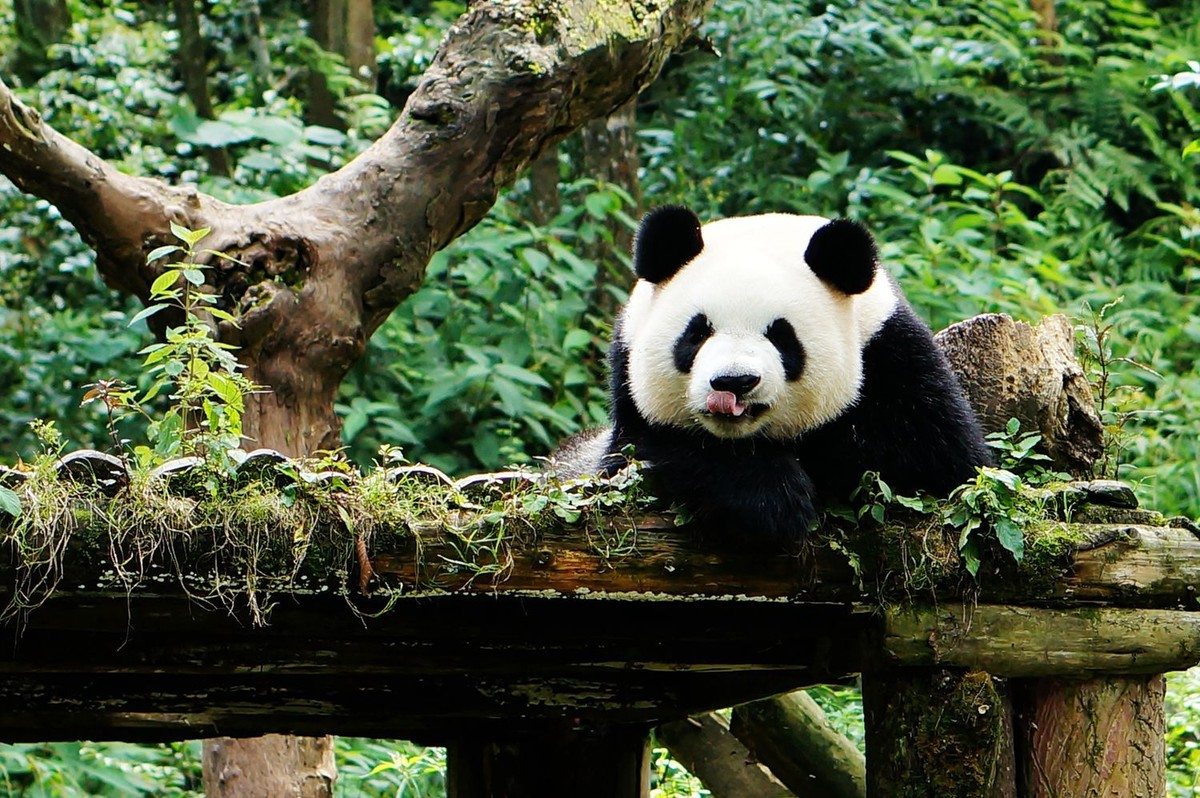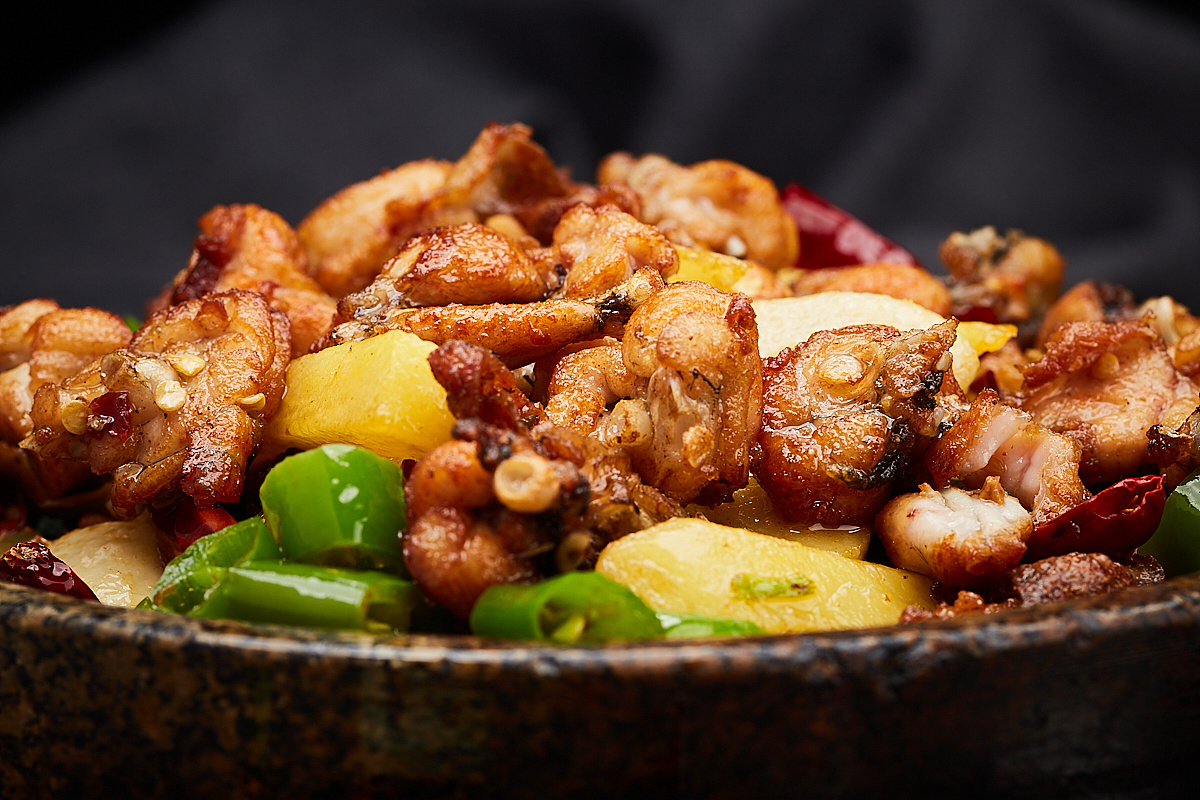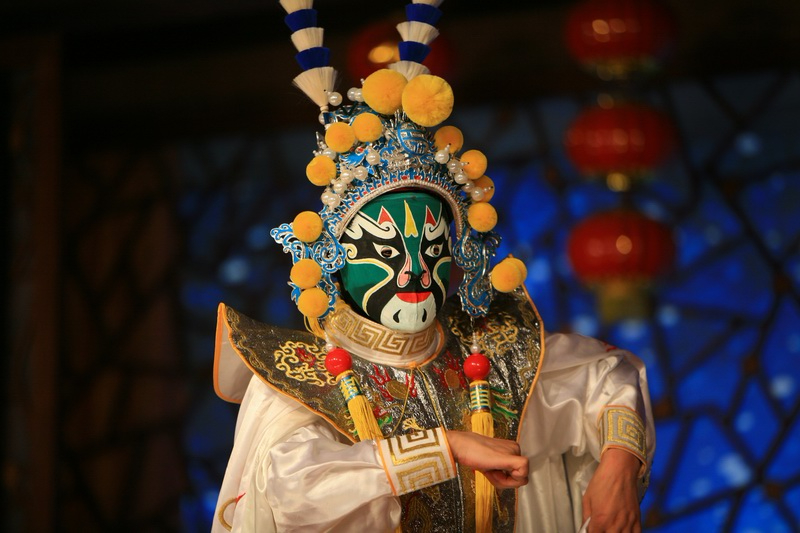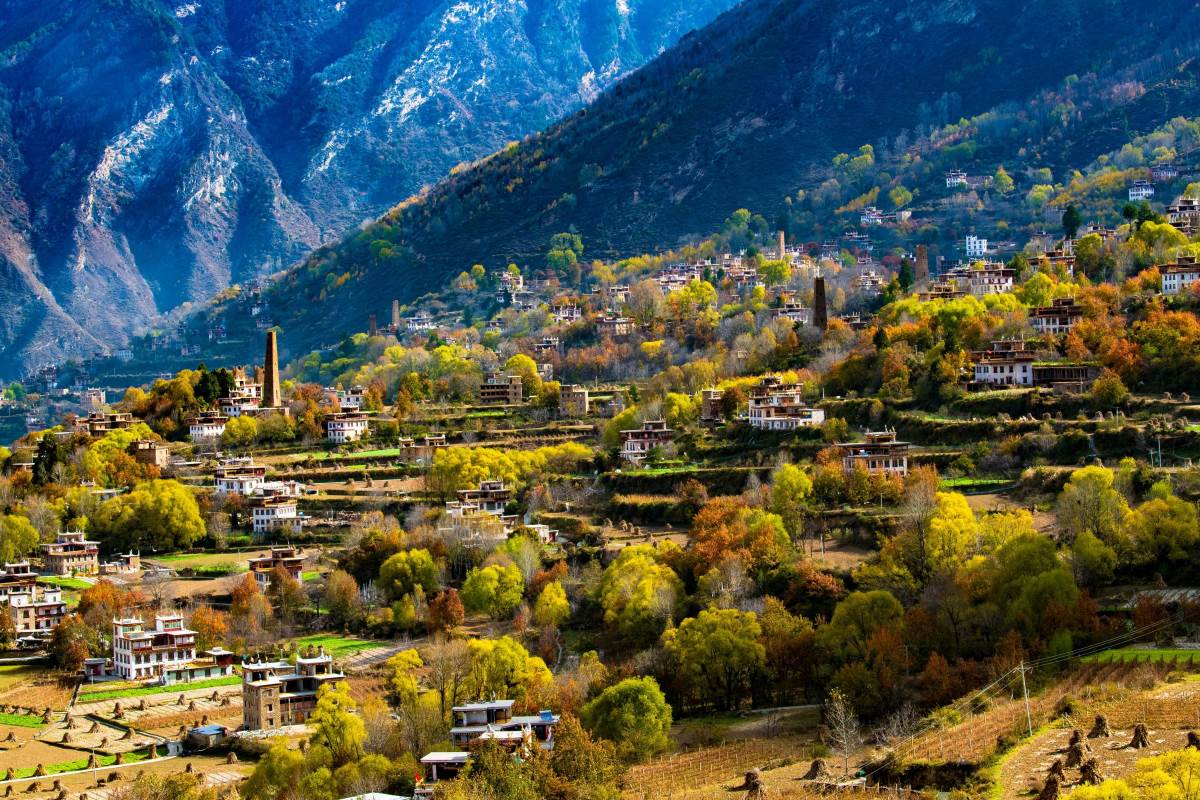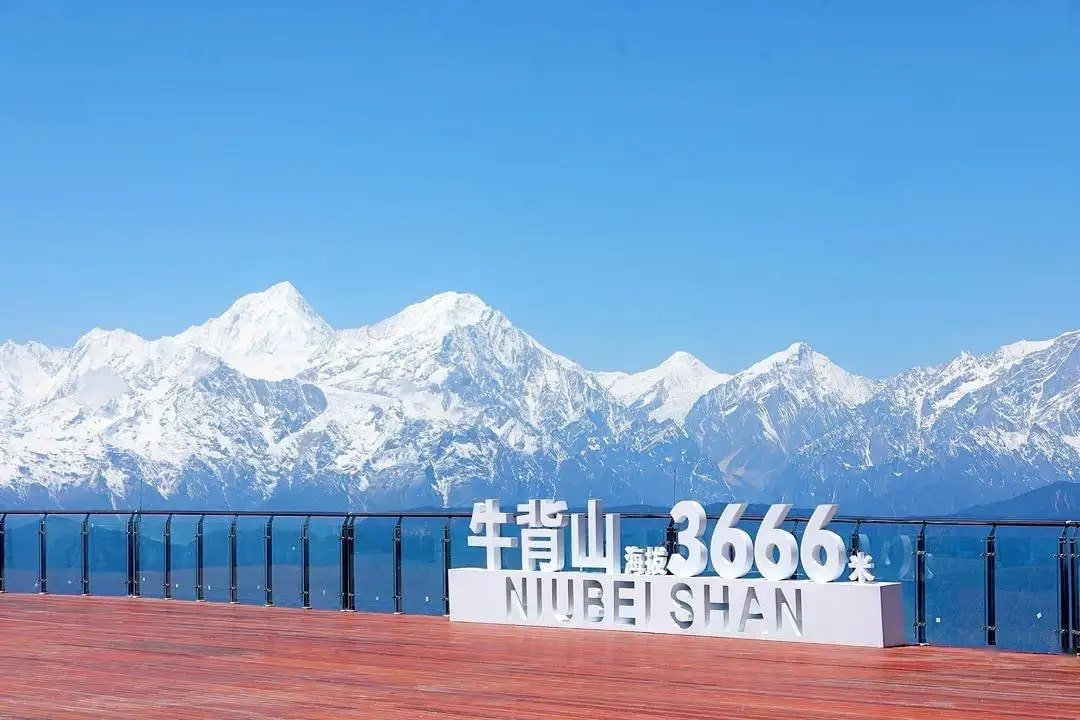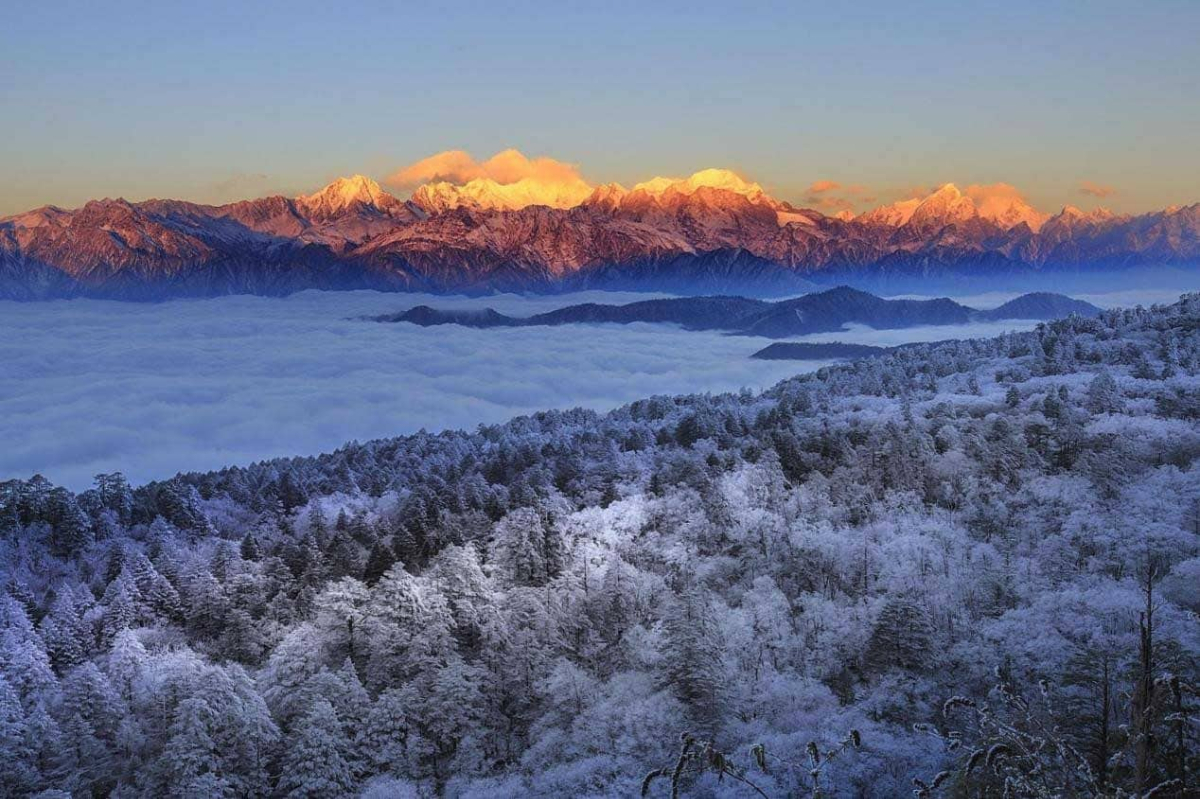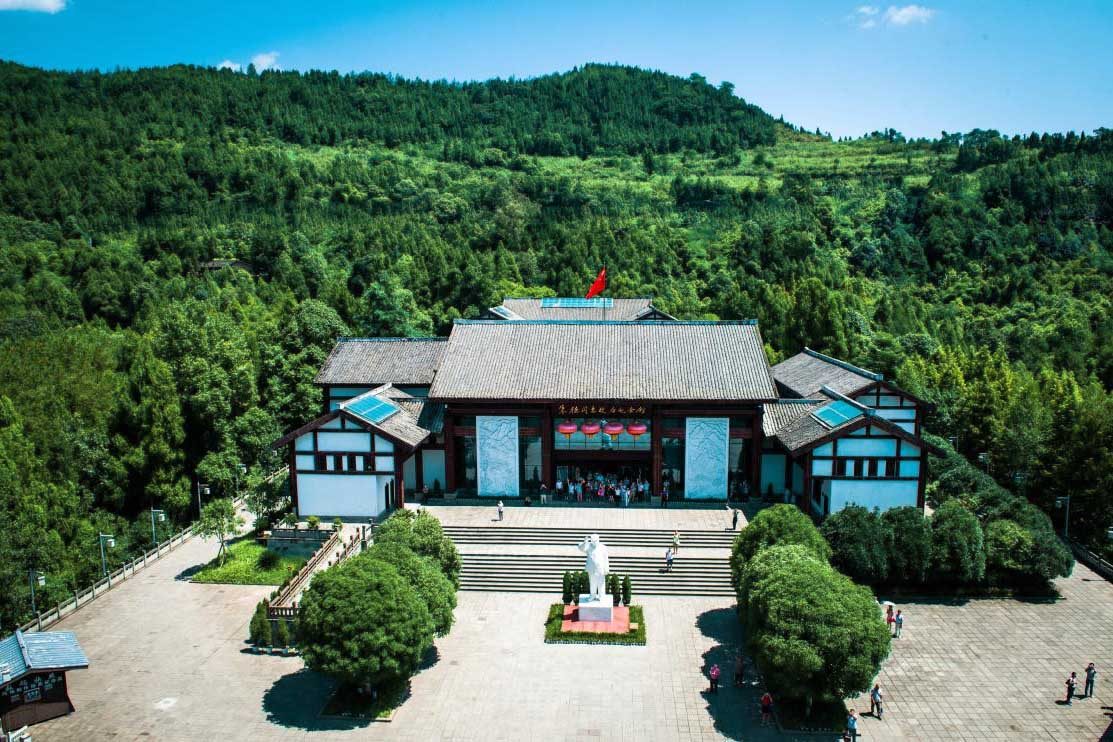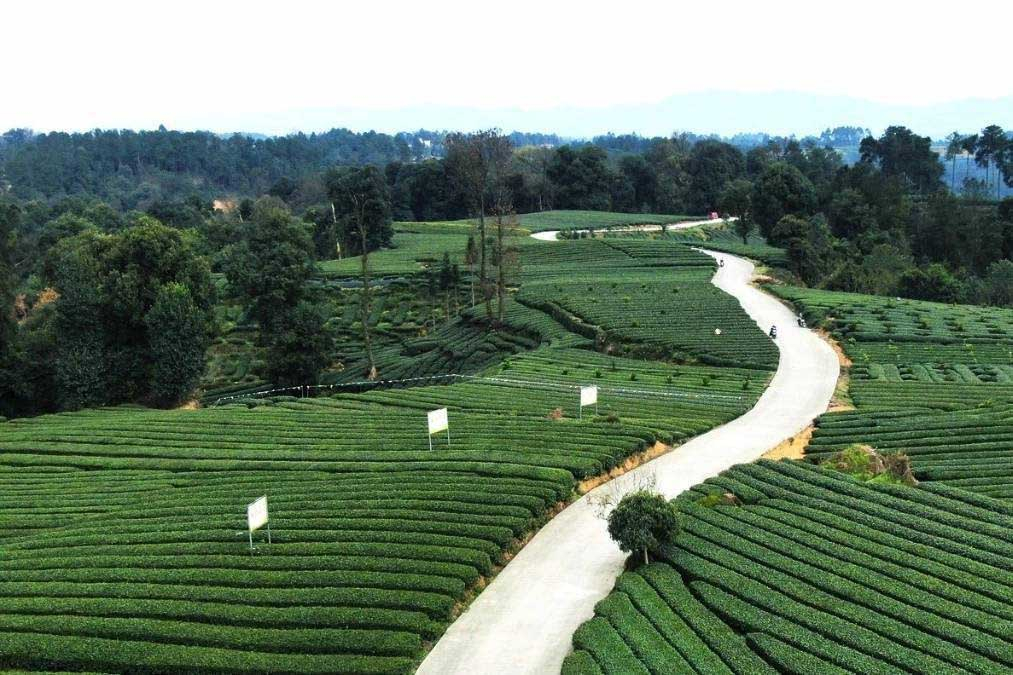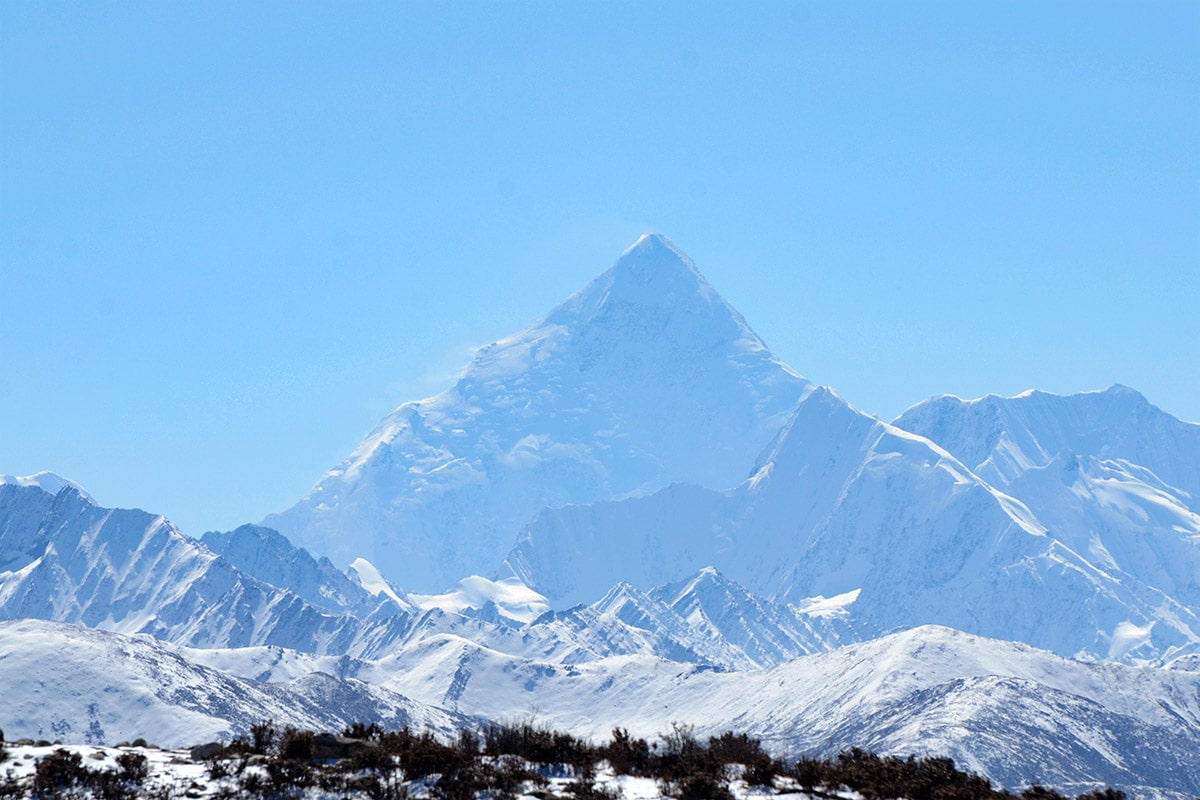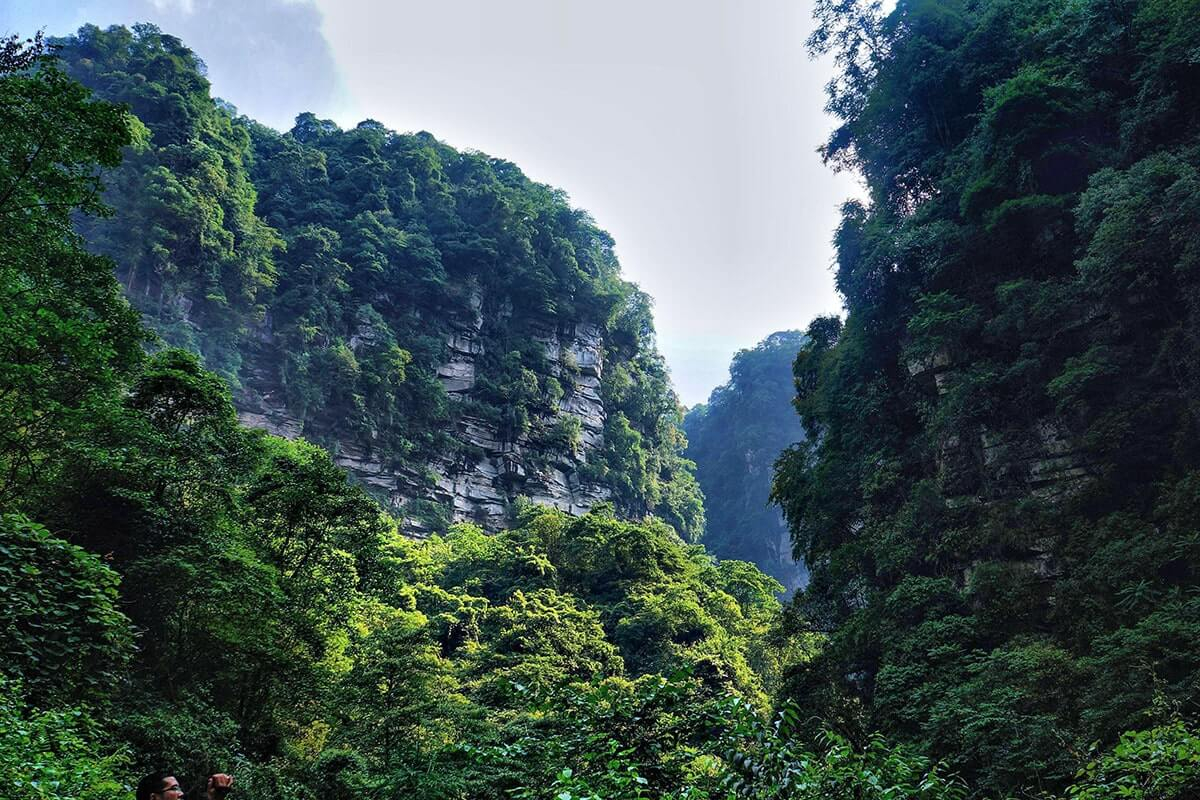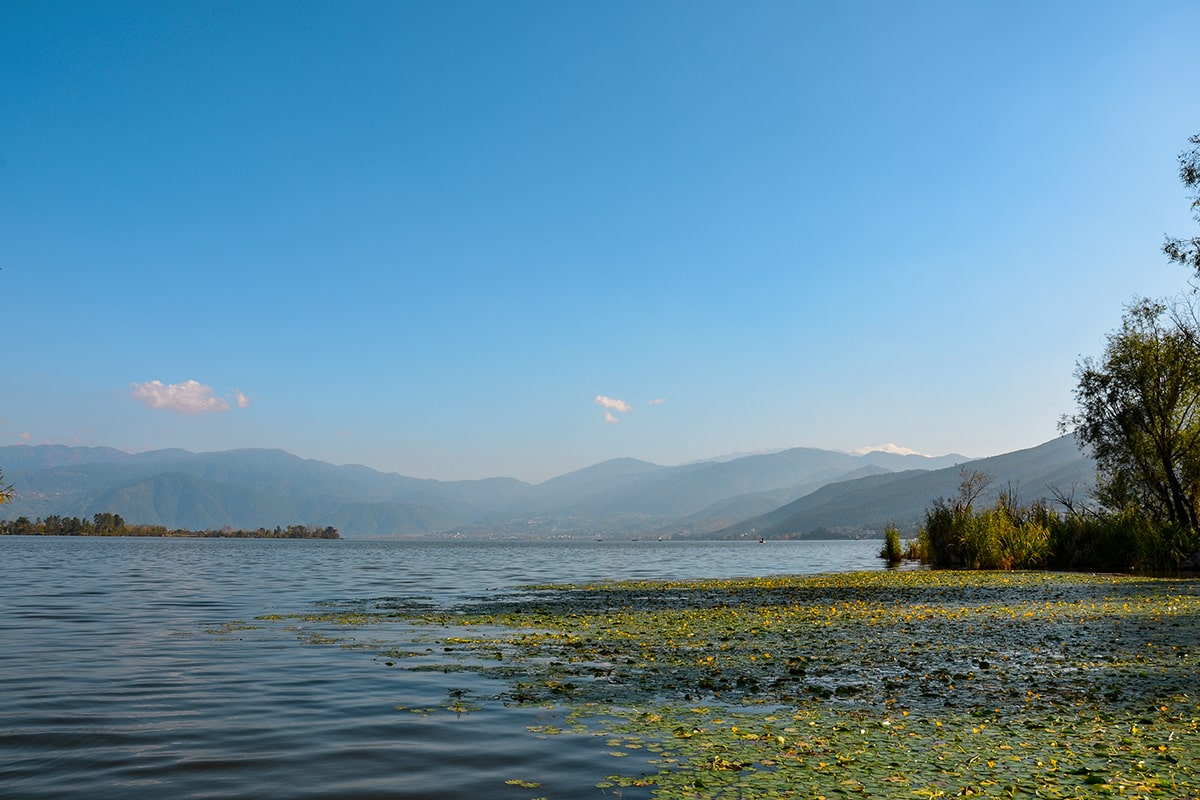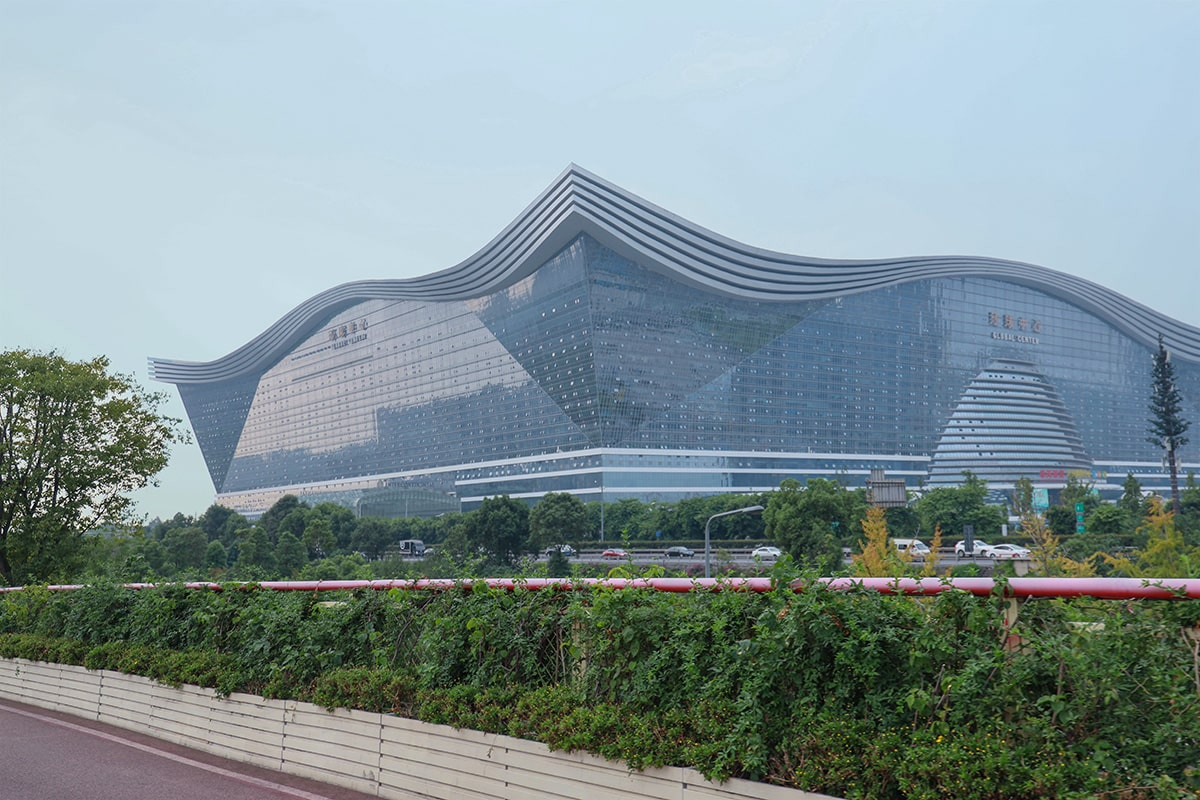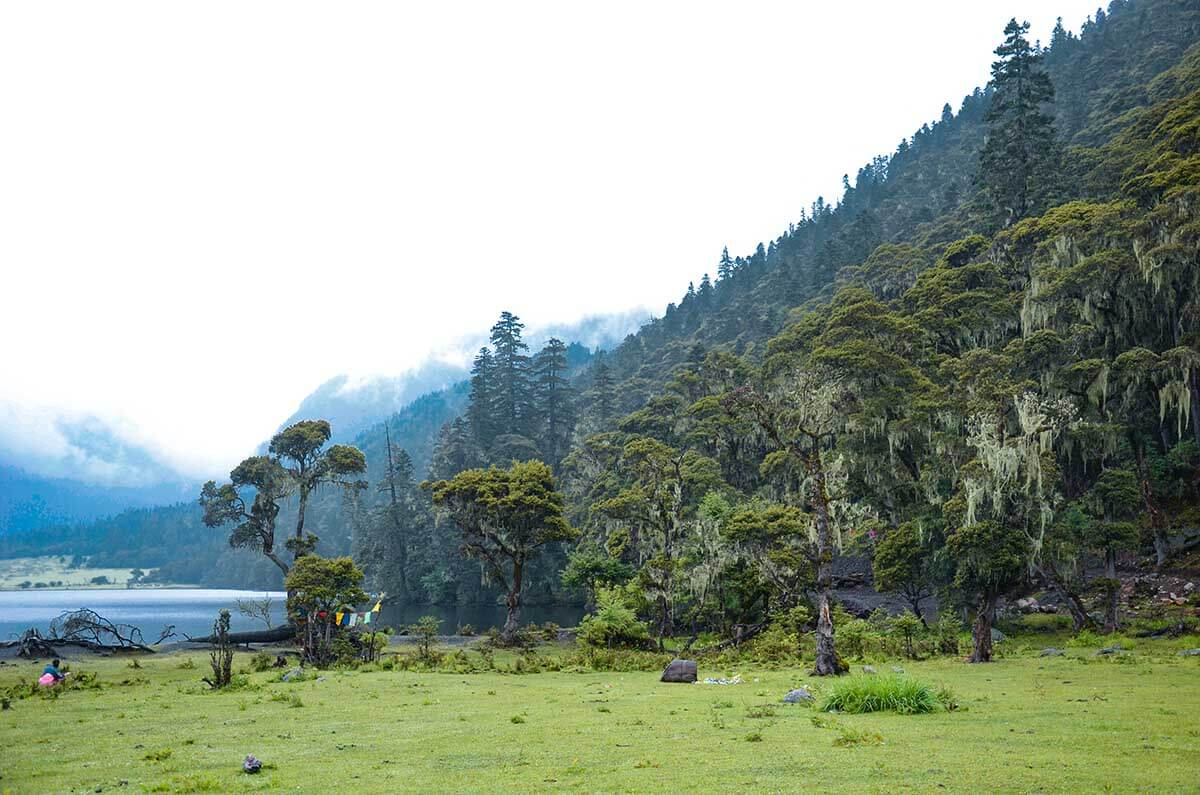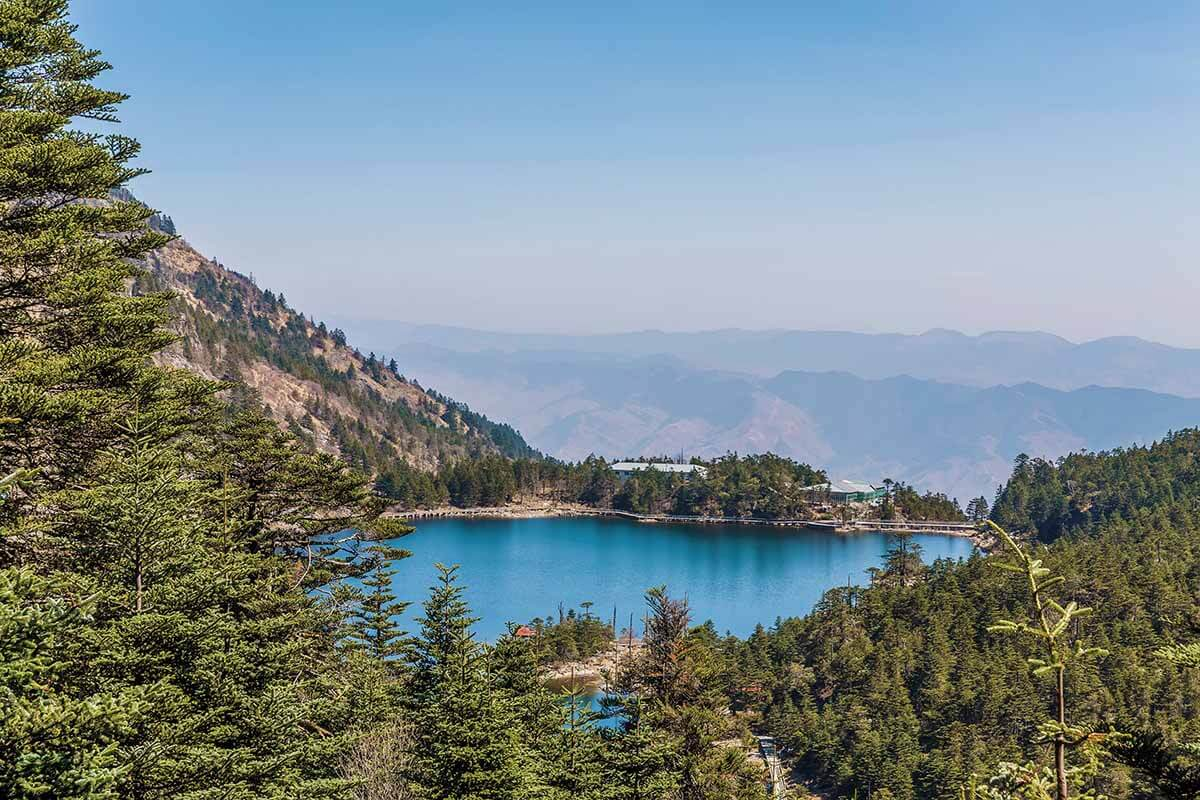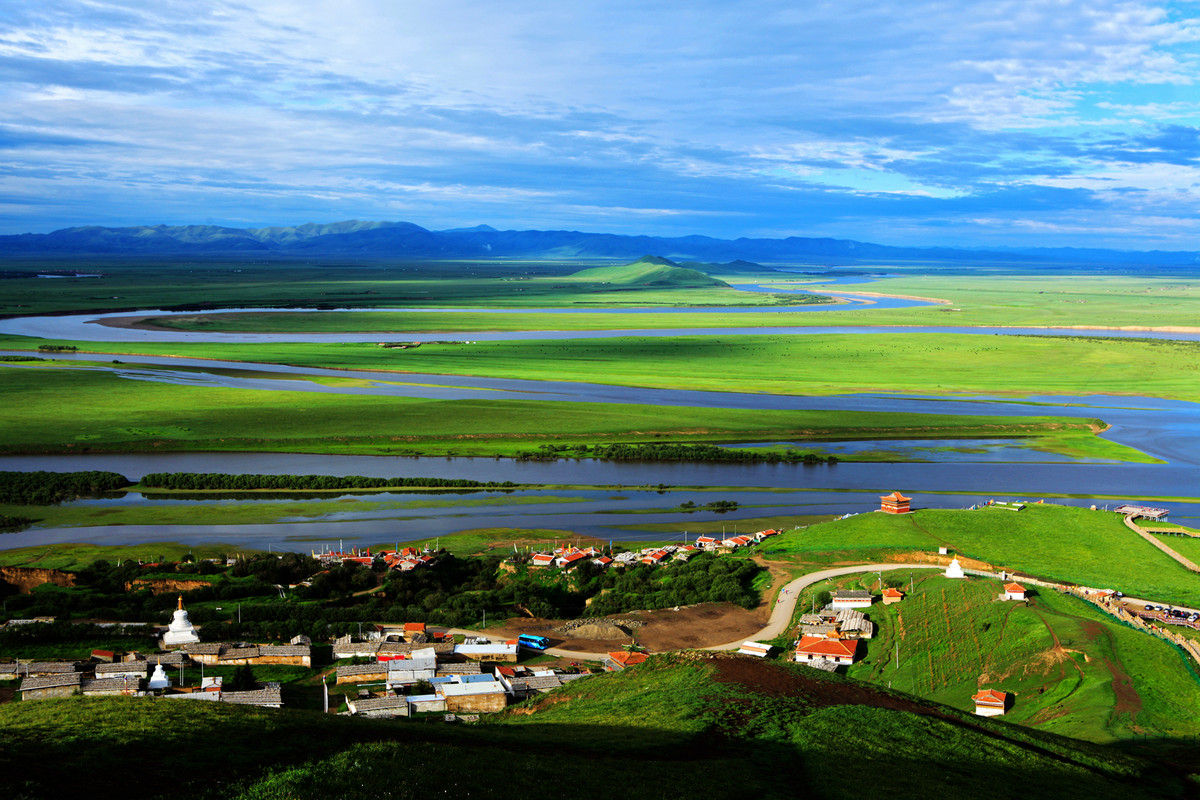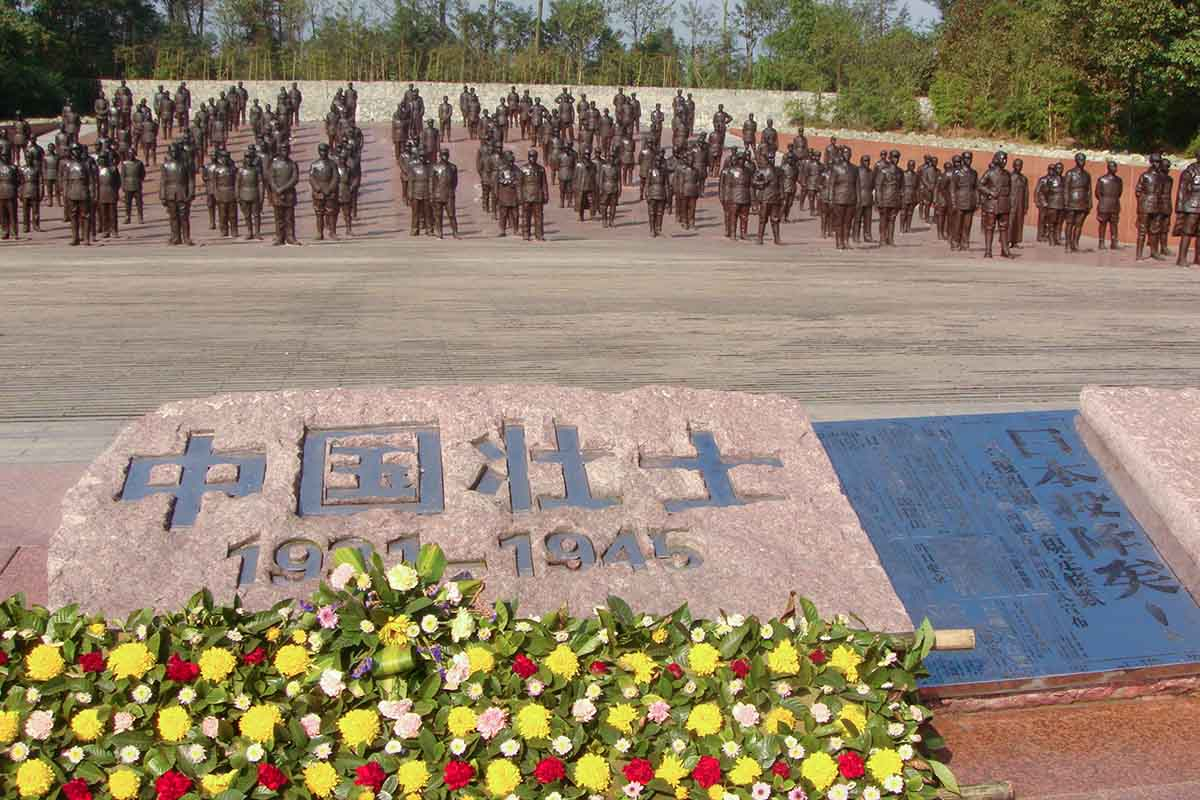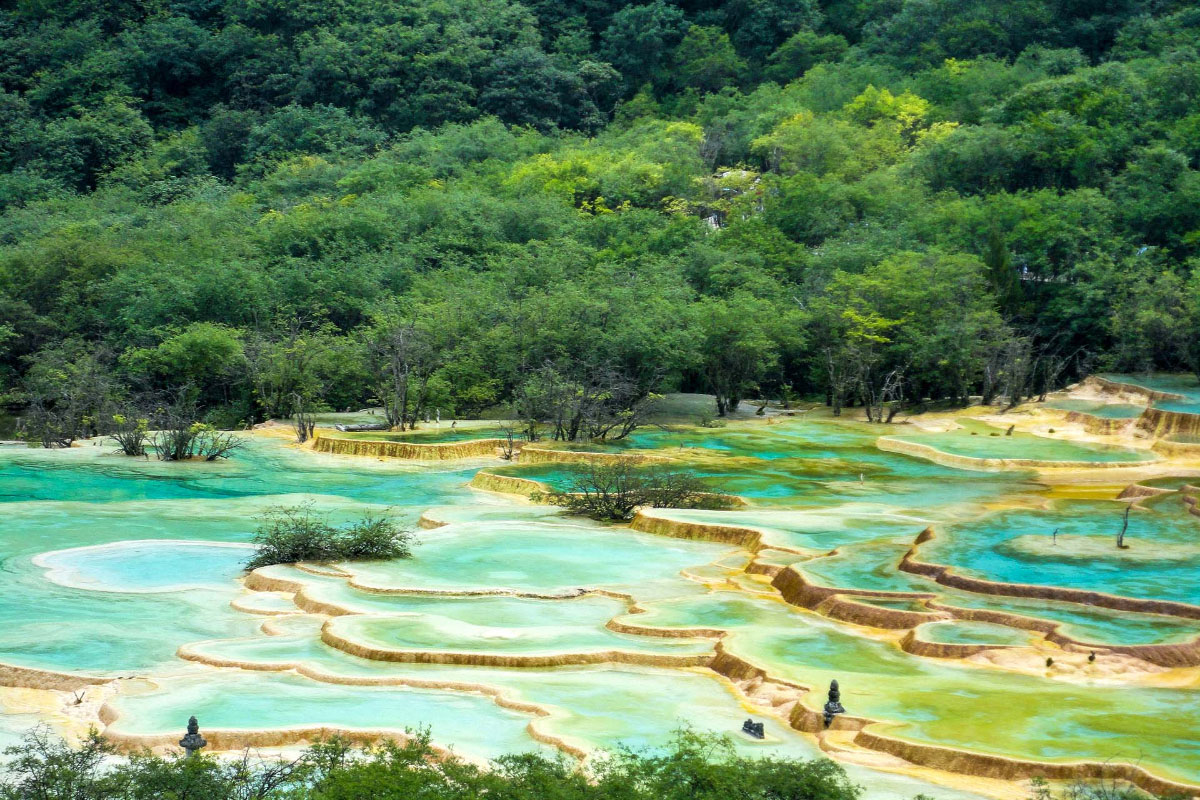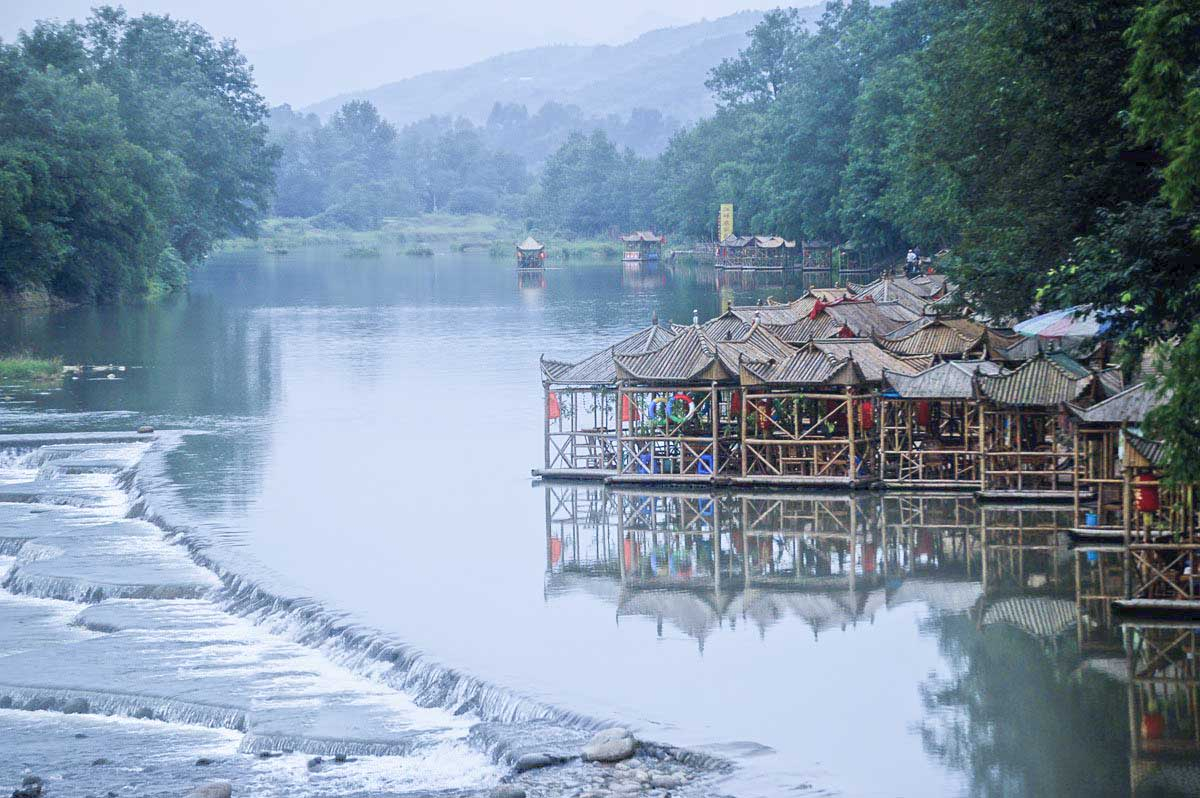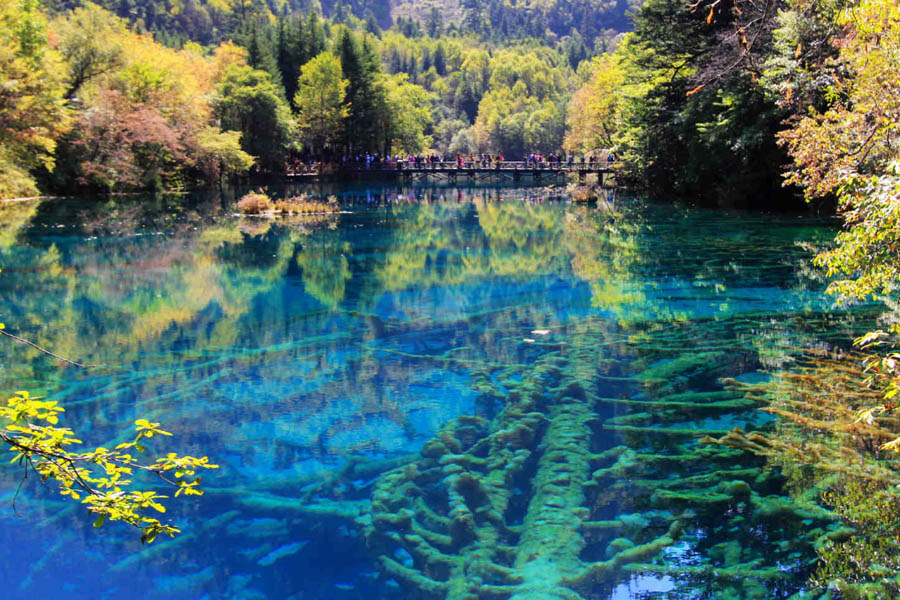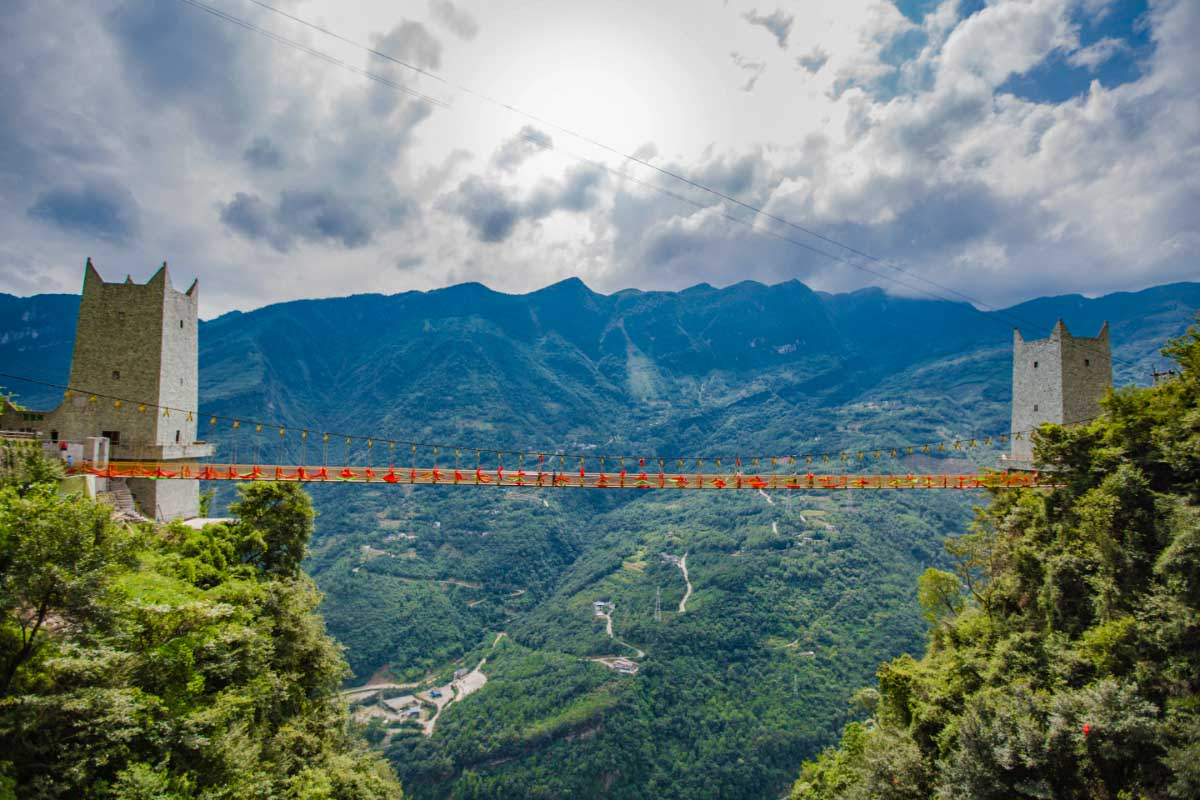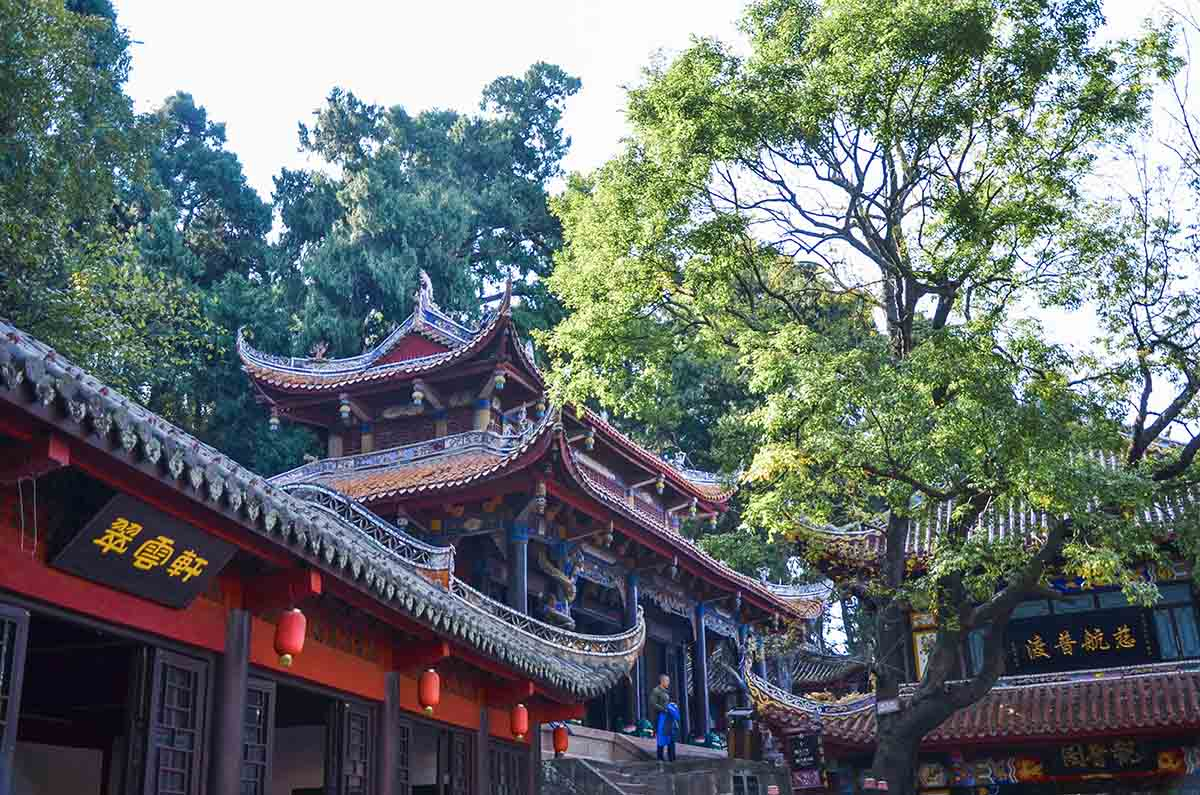Tagong Pasture
Chinese Name: 塔公草原(Ta Gong Cao Yuan)
Location: Tagong Town, Garze Tibetan Autonomous Prefecture, Sichuan Province
Ticket: Free
Estimated tour time: 1-2 hours
Recommended time to visit: Jun to Oct.
Nearby attractions: Moshi (Black Rock) Park Scenic Area, Huiyuan Lamasery, Xinduqiao Town, etc.
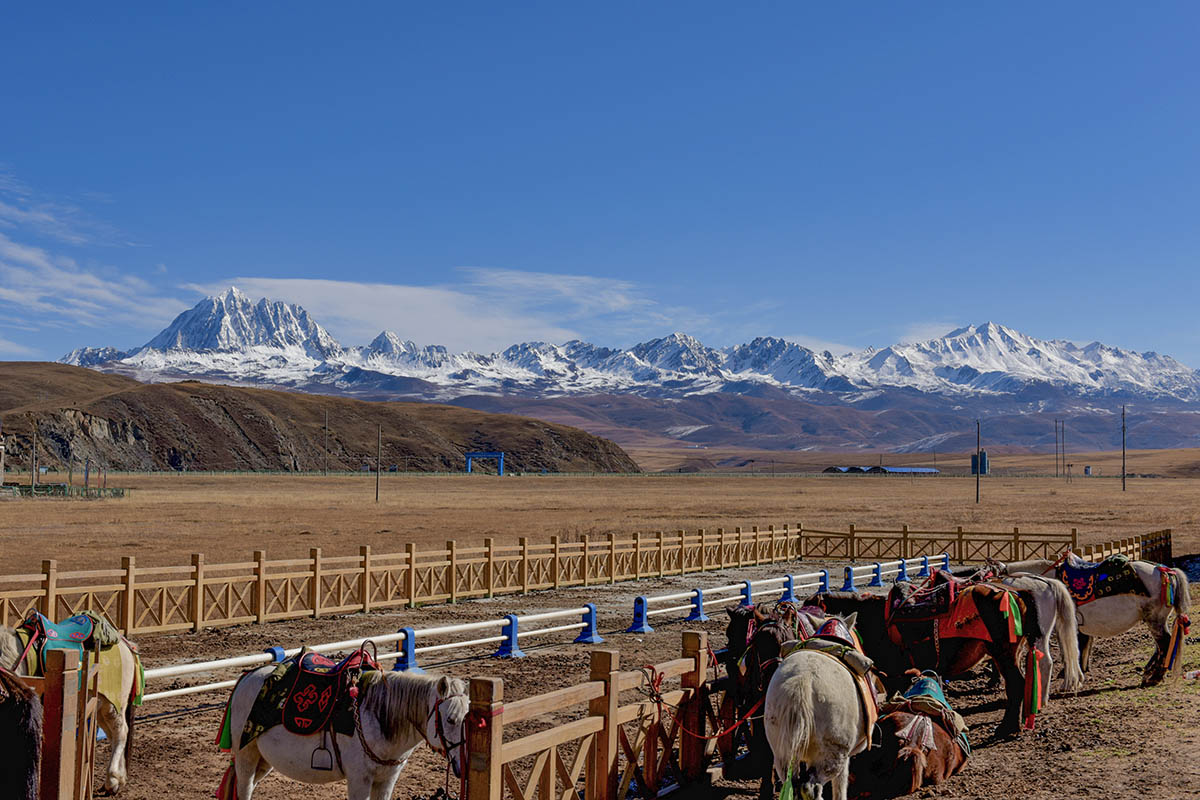
The Tibetan village of Tagong (Lhagang) and its surrounding grasslands offer plenty of excuses to linger. It is located in the northwest of Kangding County, 113 kilometers away from Lucheng town and is the nearest pastoral grassland to Kangding which covers an area of 712 square kilometers (275 sq.mi) as one of the largest grasslands embellished in western Sichuan Plateau. On the road from Kangding, there is a sea of mani stones carved and spray-painted with Tibetan language (om mani padme hum). Explore this terrain on horseback or foot, sip real yak-butter tea, then fall asleep in tents under the stars like a Tibetan nomad.
● Lhagang Monastery
With a history of more than 1000 years, Lhagang Lamasery is one of the Sakya sect of Tibetan Buddhism which is also known as the " Little Jokhang Lamasery " and one of the holy places for Tibetans to worship in the Khampa area. “ "Tagong (Lhagang)" in Tibetan means "a place that Bodhisattvas like"and the biggest highlight is a 12-year-old Buddha statue of Sakyamuni in the lamasery, which is the same as that of the Jokhang Lamasery in Lhasa.
Ledgend says that this is a place where Buddha refused to leave. In 641 A.D., Princess Wencheng was on her way to Tibet for marrying the King of Tubo kingdom, Songtsen Gampo. A precious statue of Jowo Sakyamuni Buddha toppled off one of the carts in her entourage when passing by Lhagang. The statue opened its mouth and rooted itself on the ground, refusing to be moved. Thus a replica of the statue was carved on the spot where it landed and a lamasery built around it which led to the teachings of Buddha sounding over the entire grassland.
The lamasery is not large in scale. The main hall in the middle is the place for chanting and worshiping Buddhas, the white hall on the right is for Sakyamuni, and the hall on the left is for Guanyin Buddhisattva. The replica is now in the hall on the right, and the original statue is now housed in Lhasa’s Jokhang Lamasery. Looking for more? Don’t miss the beautiful 1000-armed Chenresig (Avalokiteshvara) in the hall to the left, and the impressive garden of chortens (Tibetan stupas) behind the lamasery. There are many pagodas around the lamasery, forming a wonderful view of “Pagoda Forest”.
● Muya Golden Stupa
Along the Lhagang River and across the Lhagang Grassland, just behind Minyak Lhagang Monastery, Muya Golden Stupa in the Lhagang Township could be found. It was donated by Living Buddha Dorje Tashi (多吉扎西) of Dzogchen Monastery (竹庆寺) in 1997, which is one of the six great monasteries of Nyingma Sect (Red Sect). It was built to commemorate the the 10th Panchen Lama and is located in the center of the eight sacred mountains, including Mt.Yala, Mt.Xiagu Dongqing, Mt.Wenshu, Mt.Guanyin, etc.
The stupa is a mandala-style Buddhist temple with a golden roof. The glimmering roof and stupa-lined walls of this temple are set against the fantastic backdrop of the snowy mountains across the grasslands, which makes it more solemn and profound. Also make note of the 383-meter-long circumambulation route around the stupa with 470 prayer wheels. There are four pavilion-style pagodas on each side, with each housing100,000 small stupas.
● Yala Snow Mountain
On top of the Dharma Realm the Yala Snowy Mountain stands alone. It is considered as one of the nine holy mountains in Tibetan region with the peak of 5,884 meters above sea level. Yala is a Tibetan word which means white yak.
You Might Like
- HOTEST
- RECOMMEND
